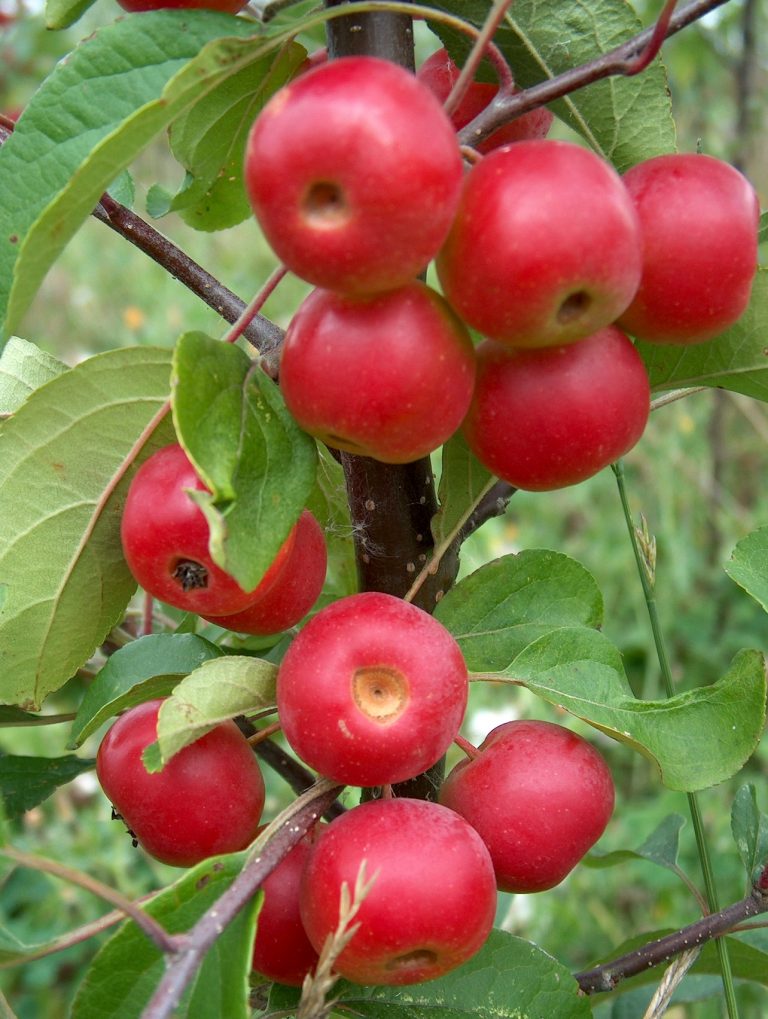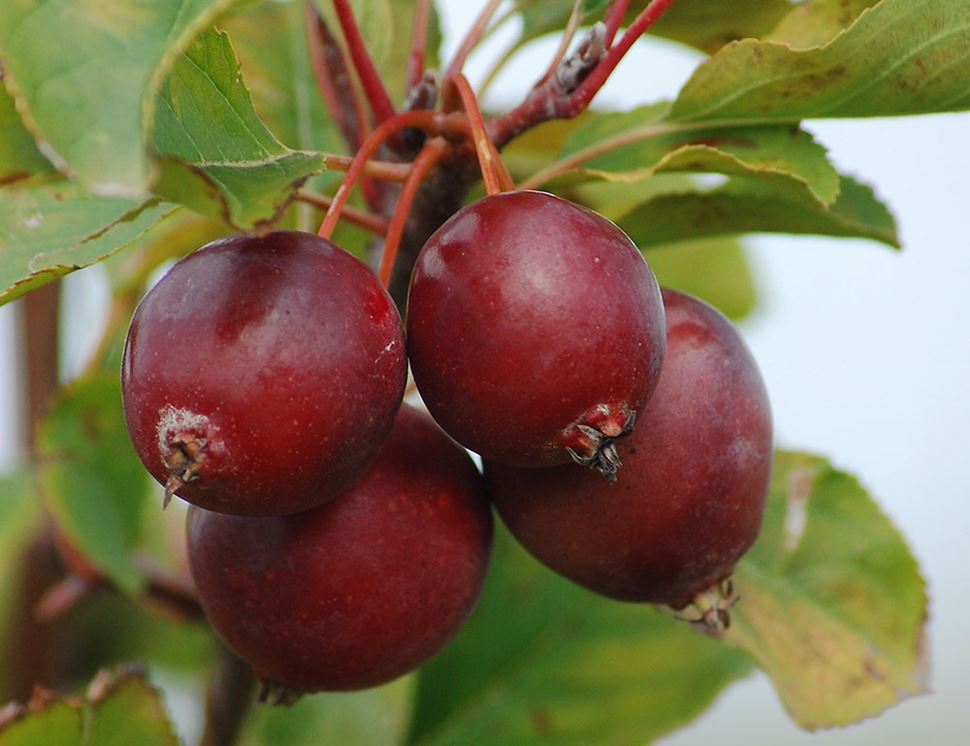

If purchased as bare-root plants, however, crabapples should be planted in early spring, before they begin to leaf out.Īfter they become established, crabapples require minimal care. When propagated in containers or raised as ball-and-burlap nursery stock, crabapples may be planted anytime.
#Crab apple color full#
Most are hardy from USDA Zones 4 to 7 and should be planted in full sun to maximize flower and fruit development. The trees need well-drained soils and tolerate pH ranges from 5.0 to 7.5, though they prefer it slightly acidic (6.2–6.8). True to their rugged, mountainous origin, crabapples are tough and adaptable, and they can thrive in many different climates and environments. Birds, especially cedar waxwings, often attack crabapple fruits with gusto as the crop softens and ages with successive freezes in the fall. They often contain high amounts of pectin, which helps to firm up jellies, jams, and apple butter.

Fruits too sour to eat were known as "spitters," but it was soon discovered that certain fermented combinations of these (many of them crabs) and sweeter apples made an excellent beverage.Ĭrabapples have other uses too, of course. It led to a massive but totally random hybridization effort that resulted in many fruits that were bitter and acrid. The quest of early apple planting in America wasn't to obtain an apple for eating, but rather an apple for drinking-cider, that is.
#Crab apple color how to#
More: Learn how to plant mountain laurel, a native shrub with gorgeous flowers, in your garden or backyard. Perhaps the best description of that special "crabbed" flavor comes from Henry David Thoreau's essay "Wild Apples": "sour enough to set a squirrel's teeth on edge and make a jay scream." All crabapple fruits are technically edible, though (as their common name suggests) most are bitter tasting. It's a rare instance in which size does matter: A Malus tree with fruit that's two inches or more in diameter is considered an apple, while a Malus tree with fruit smaller than two inches is considered a crab. To a crabby few, it's still a matter of unscientific contention that apples and crabapples reside in the same genus. Prospered when brought here as seeds or cuttings by colonists. Most of our other crabapple species, native to Europe and Asia, Though it's not clear how they arrived here, at least three crabapple species are native to North America: Malus coronaria, M. All apples, including crabapples, are believed to have originated in the mountains of Kazakhstan. They share the same genus- Malus-as apples. Known also as crab trees, crabs, wild apples, and schoolboy apples, crabapples belong to the Rosaceae, or rose family. Furthermore, they come in a range of sizes and forms, many of which create interesting silhouettes in the winter landscape. Our advice is always unanimous: crabapples! Among the showiest of spring bloomers, crabapples are also wonderful foliage plants in summer and fall, and they provide beautiful fruit displays late in the season. Cochran | March 1, 2005Īs cooperative extension specialists and researchers based in Ohio, we're often asked to recommend small (under 25 feet), low-maintenance trees that provide landscape interest for three or four seasons. Technical Assistance for Community Compost Sitesīy Erik A.Toxic to dogs, toxic to cats, toxic to horses.Grafting can be carried out in midwinter. Propagate by chip budding in late summer.

Require only minimal pruning in late winter or spring, to remove damaged, diseased, or misplaced growth.Perfect as a specimen plant, in city gardens or cottage gardens.Once established, it is drought tolerant. A full sun lover, this tree is easily grown in moderately fertile, well-drained soils.The upright form makes this tree an ideal choice in formal settings and where space is limited. Grows up with a columnar habit to 12-18 ft.Recipient of the prestigious Award of Garden Merit of the Royal Horticultural Society.Disease resistant, unique in form, elegant in flower, colorful in fruit, 'Adirondack' stars in every season of the year. Any unpicked fruits will remain colorful and decorative, but will gradually turn mushy and wild birds will feast on them. wide (1 cm), which persist well into winter. The blooms are followed by abundant clusters of cherry-like, glossy, bronze-red fruits, 1/2 in. It is one of the most profusely flowered of all crabapple cultivars. Opening from deep carmine buds, masses of fragrant, large, waxy, white blossoms appear in late spring, just as the fresh green foliage is unfolding. Consistently rated as being a superior crabapple, Malus 'Adirondack' is a pretty, small deciduous tree with a long season of interest.


 0 kommentar(er)
0 kommentar(er)
